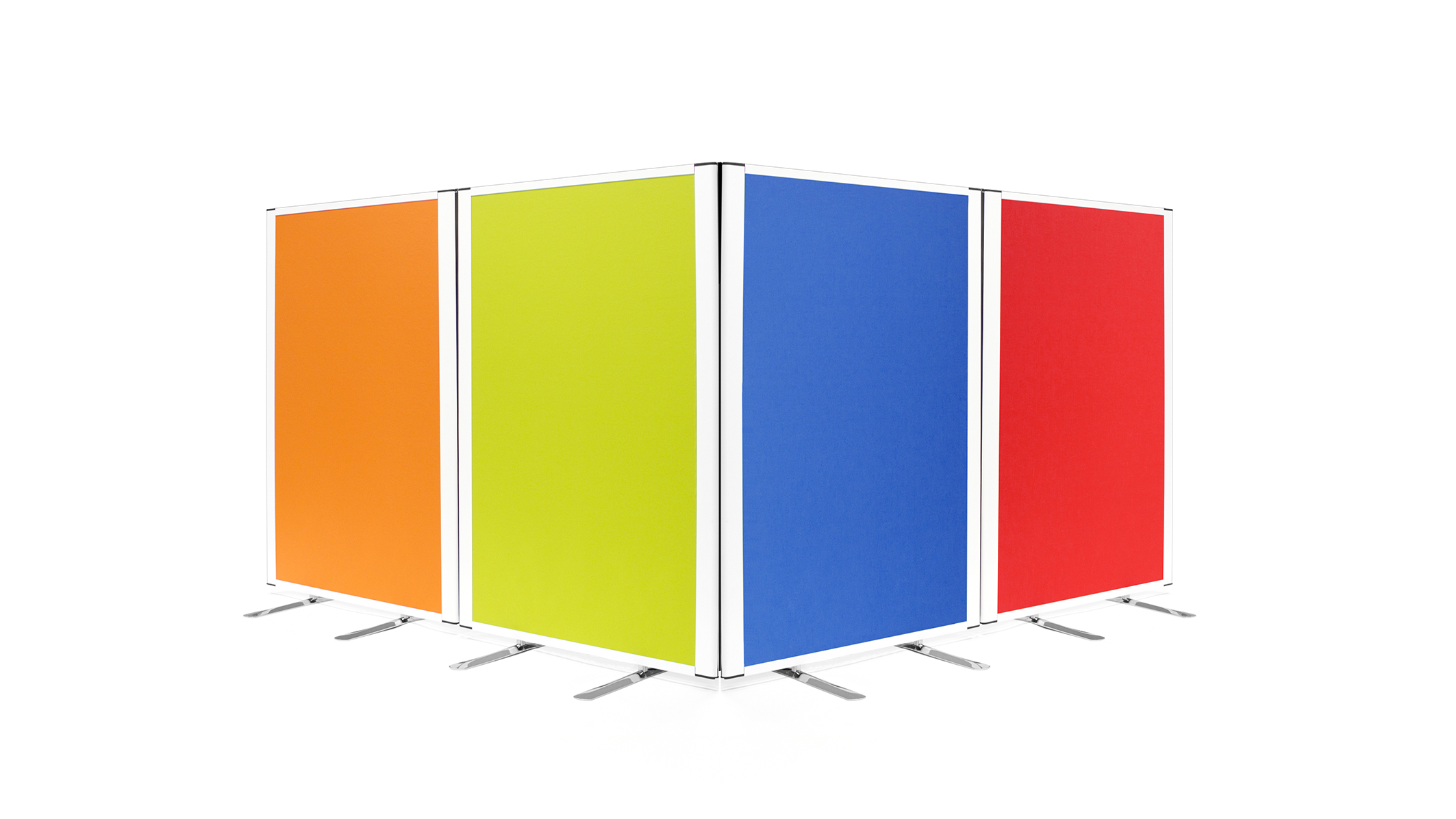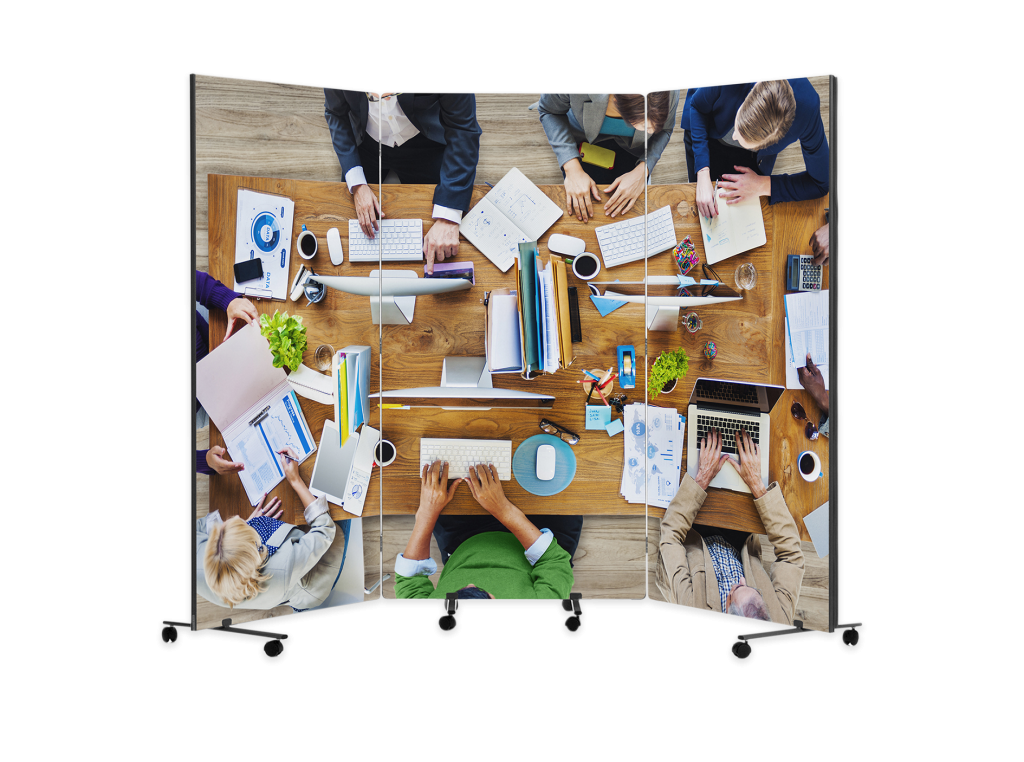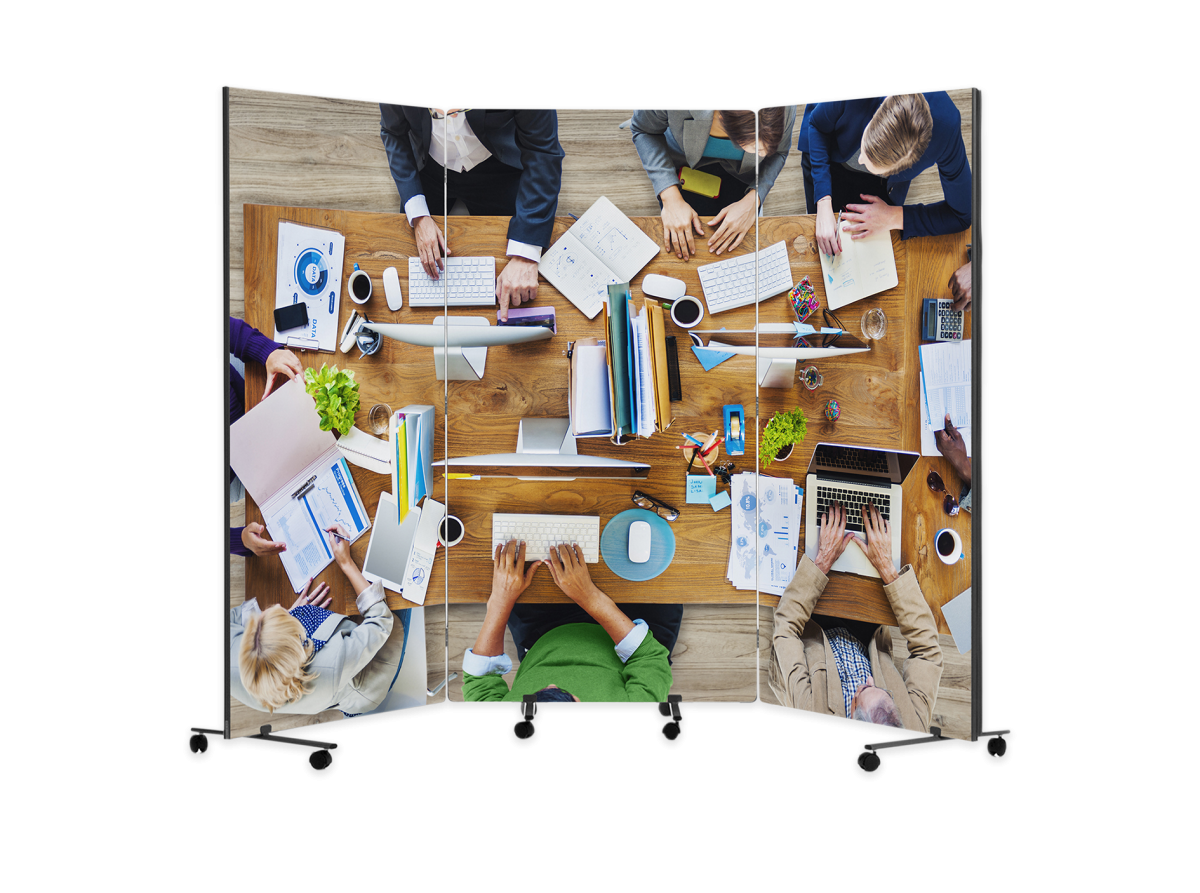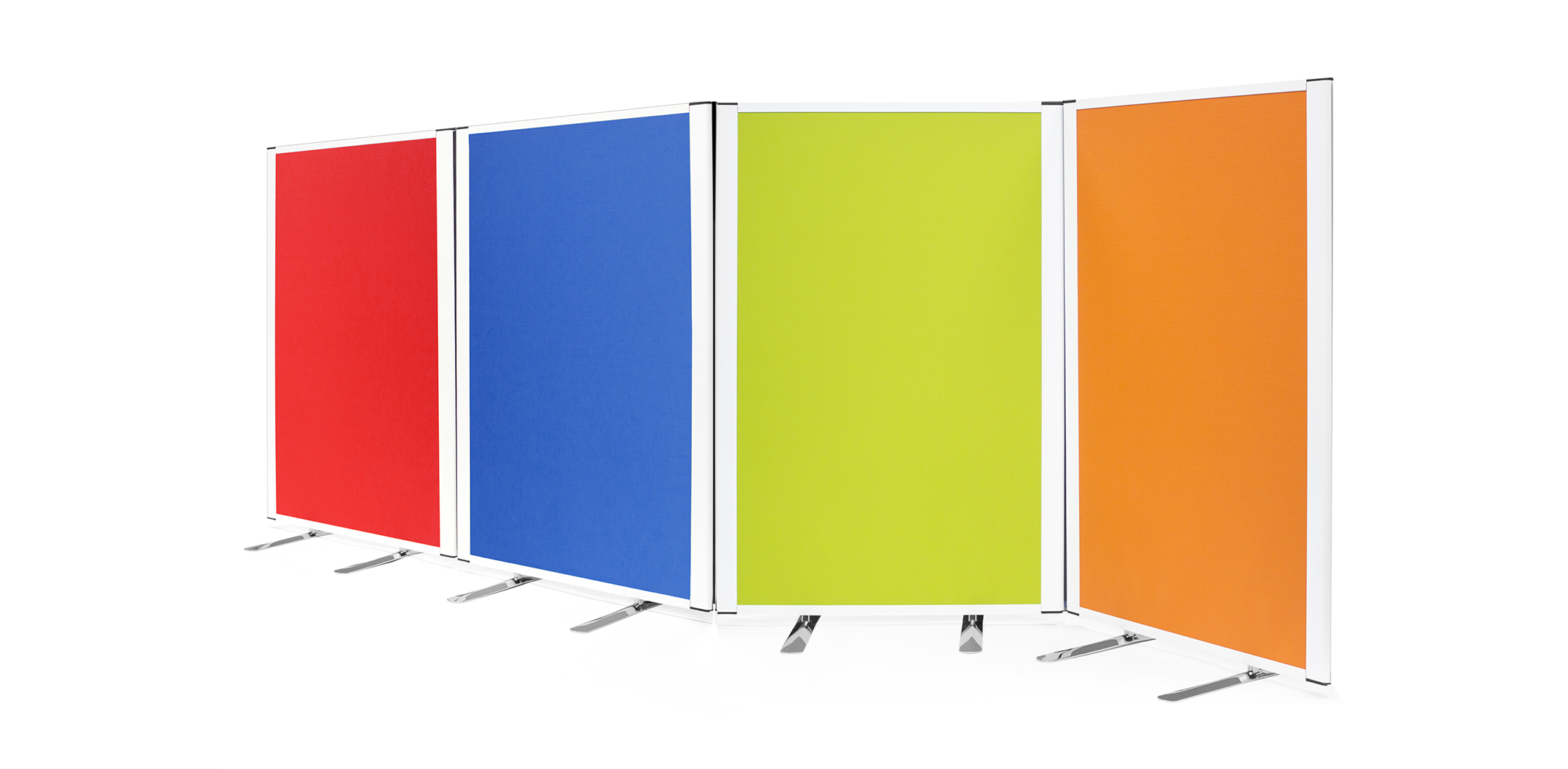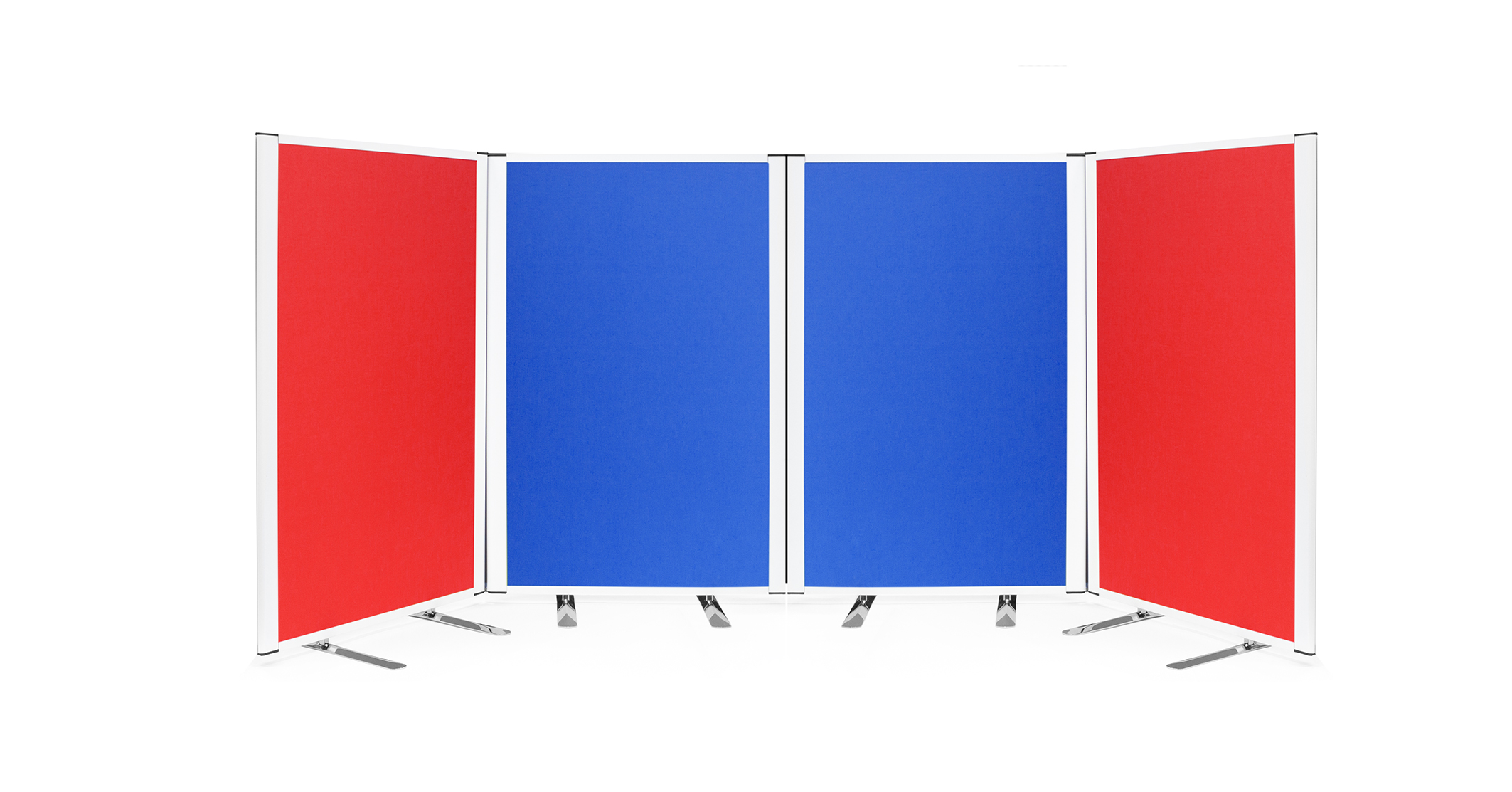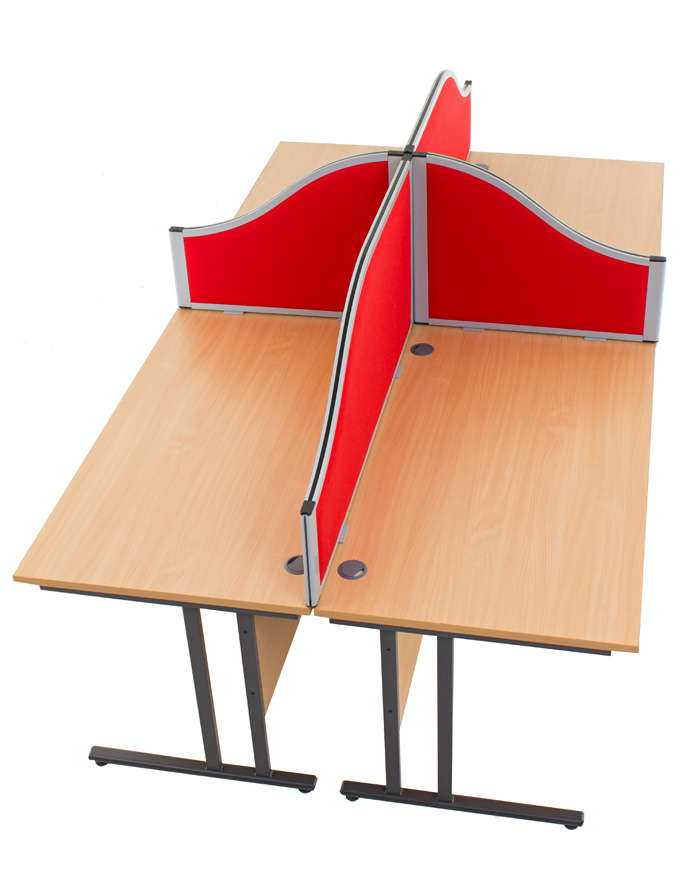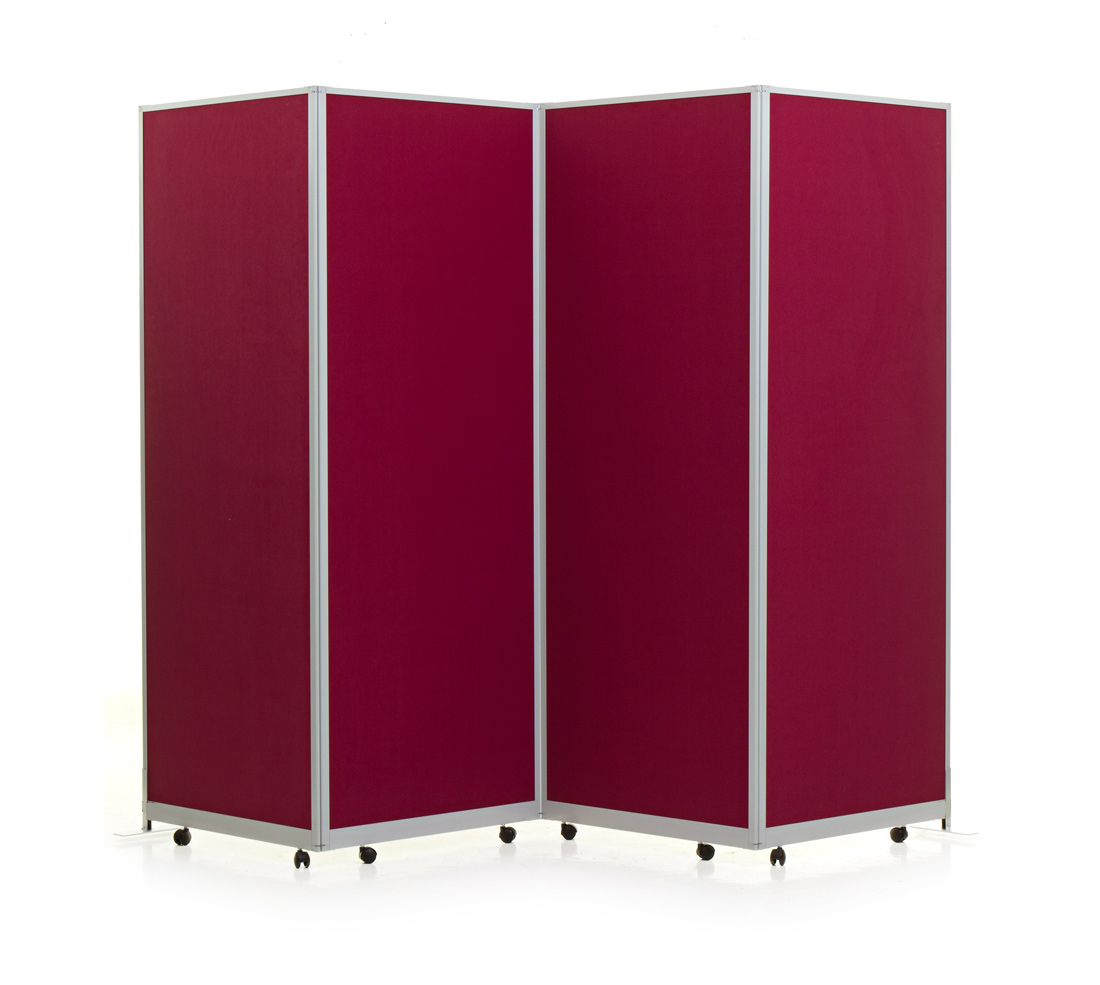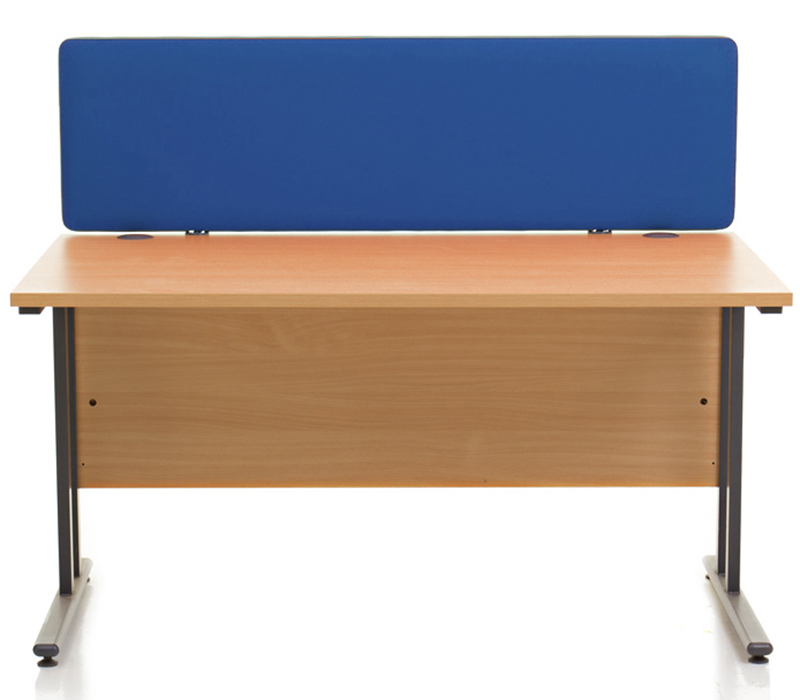Breathing New Life into Office Design for the New Year
With the new year approaching, it’s around this time that we begin to consider changes we hope to make whilst blocking out the incessant ring of Christmas songs. As we all start looking towards the fresh start which the new year brings, the dull and drab surroundings of the office often begin to rear its head. Okay, it hardly falls within the usual category of a new year’s resolution, however rejuvenating the office design can have significant and long-lasting effects for your business. A few splashes of colour or replacing the squeaky chairs alone can go a long way to boosting productivity and re-invigorating your employees in the new year.
Office design is often more complex than it first appears and many modern layouts are often sculpted by professional designers, however with careful planning and consideration, it is still possible to achieve a similar result on a much more agreeable budget. The layout of your office does not have to be fancy and elaborate, instead, removing some pet peeves and making the overall environment more practical can help to breathe new life into the business.
Integrating Practicality into a New Design
Upon entering a room, the first thing which we are struck by is the visual appearance of what we are looking at such as colours, lighting, furniture and so on. However, the foundations of any great design are built upon the practical side of things; natural light, sound and visibility. Without professional help, these aspects are often the ones which get overlooked and therefore ultimately hinders your new design throughout the year. It is important to remember the people who will be working within the environment and tailoring the space to adapt to them. While opening the space up to freedom and collaboration may appear like a wonderful idea, this may not be the case for many of your employees.
While the aim of a rejuvenating office re-design will revolve around how it appears, factors such as the acoustics of the space and how much privacy employees are afforded will have a more substantial impact on employee productivity. Frequent distractions, whether caused by persistent noise or visual interruptions can mount significantly over time, leading to frustration, stress and even potential health issues in the future if left unaddressed. A comfortable design on the other hand creates favourable working conditions, which enables staff to focus and complete tasks in an effective manner.
Finding the Right Blend of Colours
Crafting a new office design provides a great deal of creative freedom to style the surroundings to your own tastes, but it also means they can be tailored to your business. Colours have a subtle yet important impact on mood and the right blend can help to encourage creativity, calmness and even passion when integrated correctly. Traditional offices favoured whites and cream shades which appeared clean and pristine, yet created an atmosphere which resembled more of a prison cell than a working environment. Instead, take the opportunity to look around at other modern offices for inspiration and to see how they make the most of colour to create welcoming and comfortable spaces for staff.
So, if your industry is tasked with creating and designing, then shades of yellow and orange are ideal for encouraging creativity as they trick the mind into the feeling of cosy summer days. Alternatively, if you are looking to push a certain department, for example a sales department, shades of red are excellent for evoking passion as crimson shades inspire emotions which we may commonly associate with anger. Finally, if you aim to simply calm everyone down and keep stress levels under control, then shades of blue evoke the calmness and serenity of water and blue skies.
Peace and Quiet Matters More Than You Think
The most successful office designs are those which can integrate the ideas and opinions of those who will be working within them; the employees. Over the past few decades, all theory has pointed towards the development of ‘collaborative’ work environments which naturally encourage individuals to work together. Therefore, many conventional examples which you can see have these hubs of desks, holding separate departments together in close proximity and quite literally forcing them to work together.
Excellent in theory, a potential disaster in practice. It is true that some people will thrive in such conditions, provided with the social stimulation which leads to a melting pot of ideas while still being able to concentrate despite all the activity revolving around them. Yet for many others, the situation is the exact opposite. Distractions, especially audible and visual, constantly interrupt the workflow, severely hampering productivity and ultimately increasing agitation and frustration.
Consider Beyond What You Can See
As an alternative to conventional designs, an option worth considering are anti-bacterial furniture such as Safeguard screens. Adopting the conventional design of partition screens or portable screens, these serve a dual purpose within modern office designs. First and foremost, they are excellent for providing privacy and an area away from the hustle and bustle of the rest of the office, ideal for those who require space to concentrate. As an added benefit, they also provide protection against the spread of nasty bacteria. Especially in larger environments, it can become incredibly simple to spread illness and infection, which ultimately results in expensive sick days and time taken off work.
With any luck, these tips should provide more context on some of the finer details of office design. If you have an idea in mind and are considering creating practical office environments, then as manufacturers of partition screens and more, there is a bit more which we can do to help. Either check out the Rap Industries website to explore some of the furniture we produce, or give us a call on 01733 394941 for more bespoke advice.
